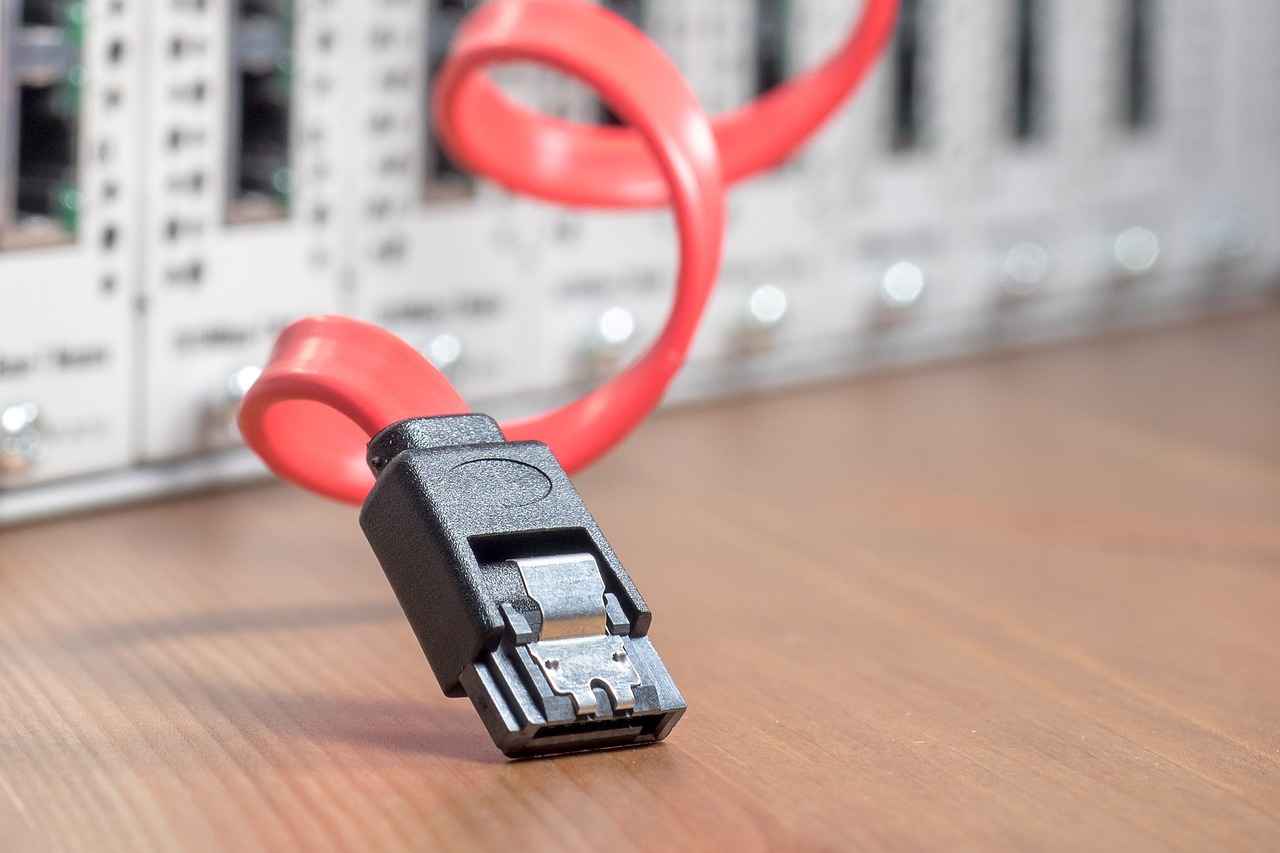Setting up a VoIP (Voice over Internet Protocol) server at home can be a rewarding project that allows you to have a cost-effective and flexible phone system.
Here’s a step-by-step guide to help you get started:
Step 1: Determine Your Requirements
- Decide on the number of simultaneous calls you anticipate, as this will affect the hardware requirements.
- Assess your internet connection speed to ensure it can handle VoIP traffic.
Step 2: Select VoIP Server Software
- Research and choose a suitable VoIP server software based on your needs. Popular options include Asterisk, FreeSWITCH, and 3CX.
Step 3: Prepare the Hardware
- Acquire a dedicated computer or server to act as the VoIP server. Ensure it meets the recommended specifications for your chosen software.
- Connect the server to your local network.
Step 4: Install and Configure the VoIP Server Software
- Install the chosen VoIP server software on your server following the provided documentation.
- Configure the software according to your specific requirements, such as setting up extensions, defining call routing rules, and configuring security settings.
MUST READ: Best Business Phone And Internet Service Providers In My Area
Step 5: Configure Network Settings
- Assign a static IP address to your VoIP server or configure port forwarding on your router to ensure incoming and outgoing VoIP traffic is correctly directed to the server.
- Enable Quality of Service (QoS) settings on your router to prioritize VoIP traffic.
Step 6: Set Up User Extensions
- Create extensions for each user or device that will connect to the VoIP server. Assign unique extension numbers and configure user-specific settings such as voicemail, call forwarding, and caller ID.
Step 7: Configure SIP Trunks or VoIP Providers
- If you want to connect your VoIP service to the traditional phone network, set up SIP trunks or VoIP providers. Obtain the necessary credentials and configure the server accordingly.
Step 8: Test and Troubleshoot
- Perform thorough testing to ensure your VoIP server is working correctly.
- Make test calls, check call quality, and ensure all features are functioning as expected.
- Monitor logs and troubleshoot any issues that may arise during testing.
Step 9: Implement Security Measures
- Secure your VoIP server by implementing recommended security practices, such as using strong passwords, enabling encryption, and applying necessary firewall rules.
Step 10: Connect VoIP Devices
- Connect IP phones, softphones, or analog telephone adapters (ATAs) to your network and configure them to connect to your VoIP server.
- Test incoming and outgoing calls from the devices to verify their functionality.
Remember, setting up a VoIP server at home requires technical expertise and knowledge of networking concepts.
It’s essential to research thoroughly and follow the documentation provided by your chosen VoIP server software for a successful implementation.
'Want to send us a story? Submit to NAIROBIminiBLOGGERS via our Email nairobiminiblogger@gmail.com'

Drop Your Comments, What do you think About The Article?